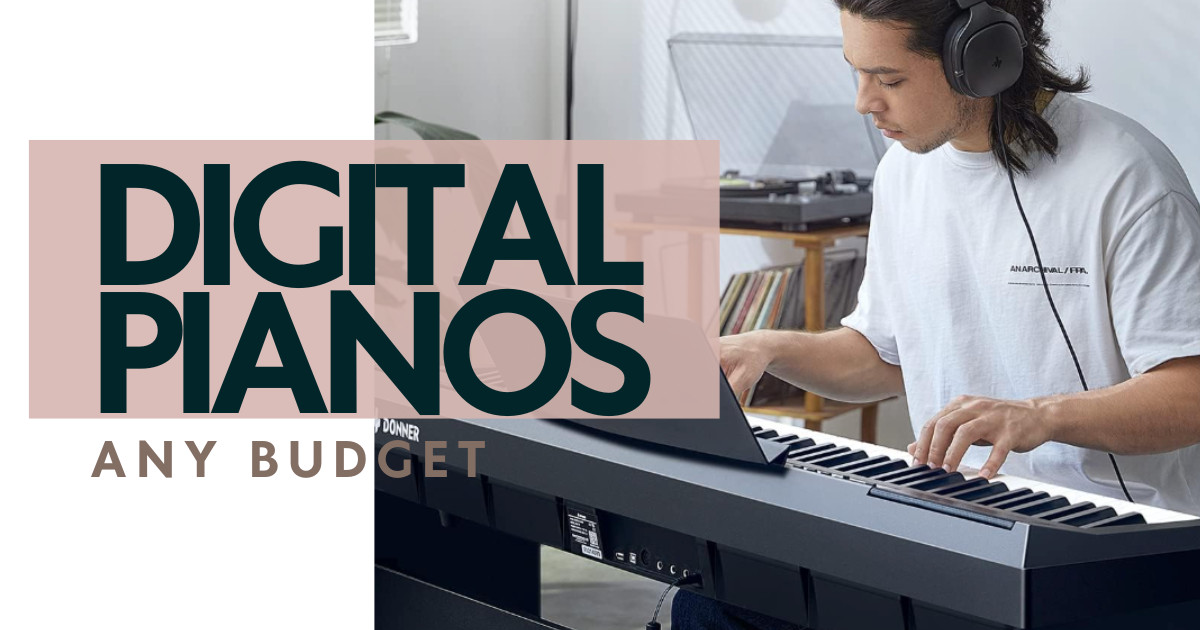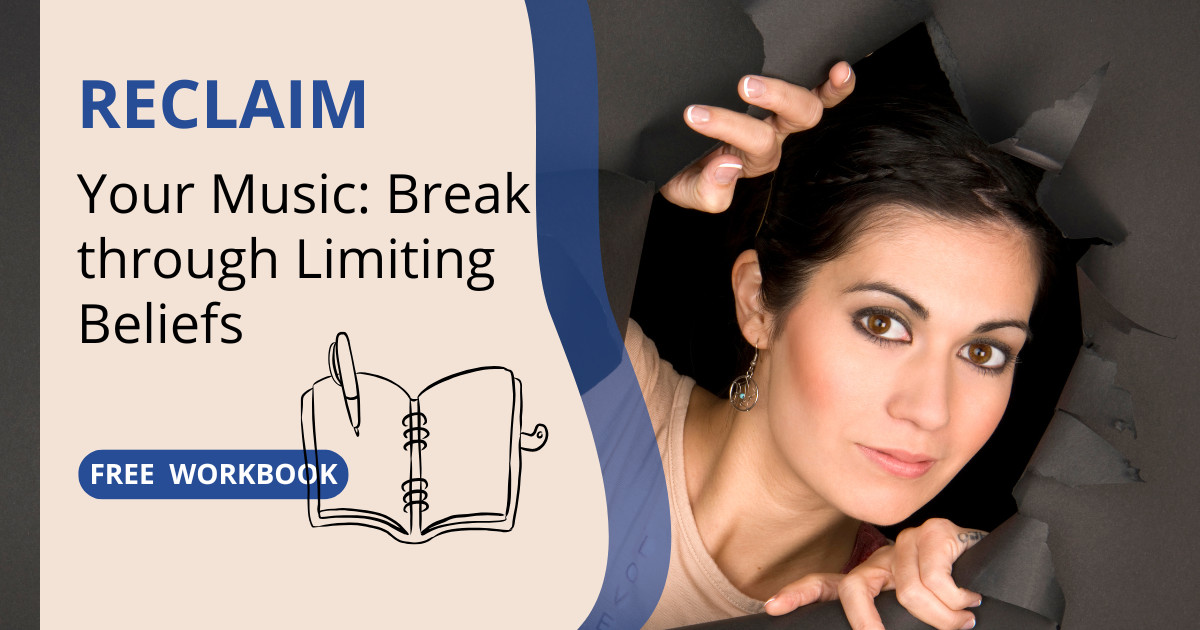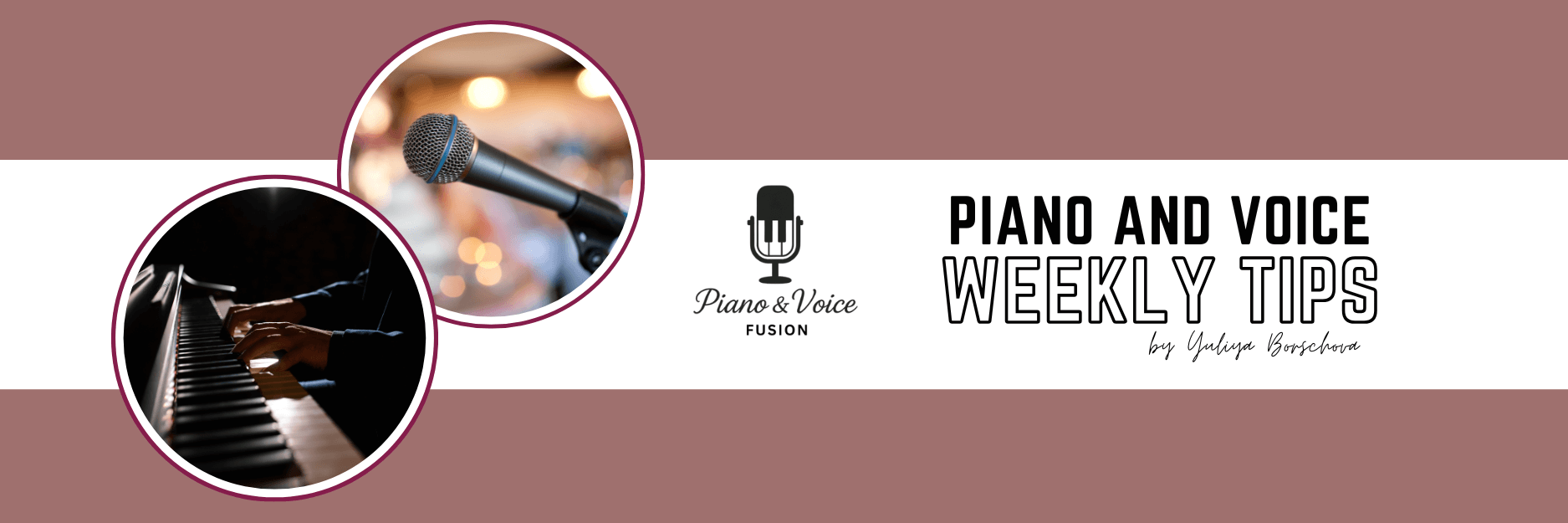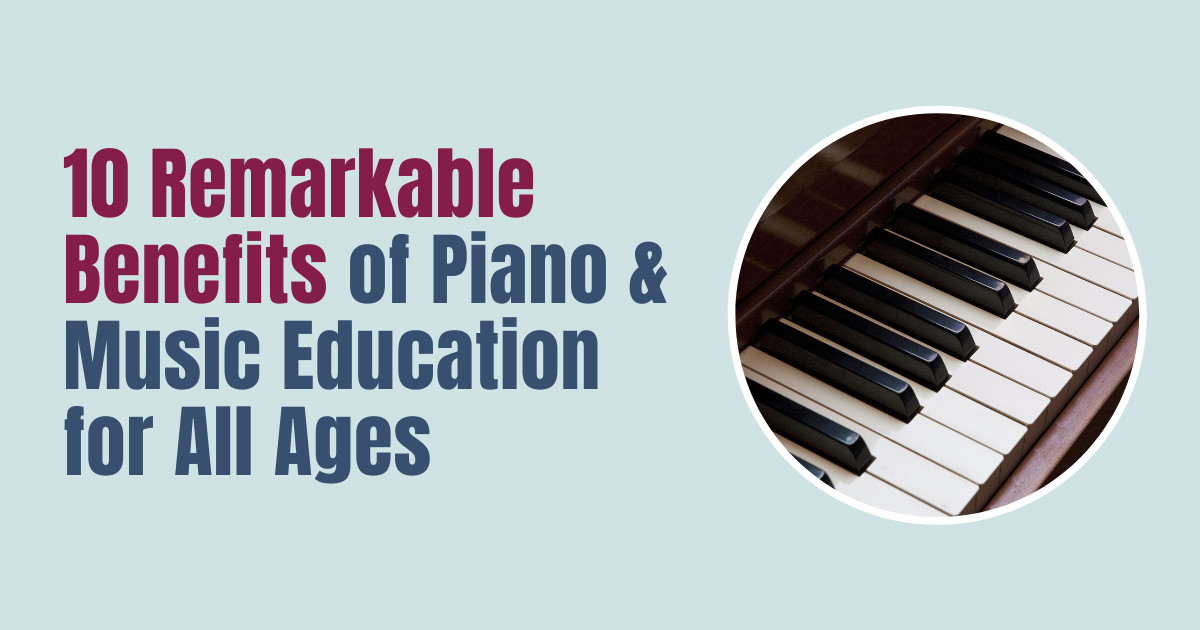
As a Piano and Voice educator I often get asked —which piano to buy and what tools and gears are needed for piano and voice . Whether you're starting your journey or are ready to elevate your craft, I've created most recommended lit of top-rated digital pianos, pedals, benches, and more from Amazon's best offerings for different budgets.
Why upgrade your piano? As you grow musically, you'll crave richer sound, greater expression, and more freedom in your performance. Beginners often hit a limitation with basic keyboards, lacking the nuances needed for full emotional expression. Upgrading is not just about sound quality; it's about capturing the depth and texture of your musical journey.
Discover my personally tested top picks, used by both me and my students. From budget-friendly 88-key digital pianos perfect for novices upgrading from a starter keyboard, to professional stage-quality pianos designed for serious musicians—this guide is your roadmap to finding the perfect instrument to match your aspirations. Whether you seek a compact solution or high-end features for live performances and recording, there’s a choice for every stage and budget.
Checkout the list now and find your perfect piano, ensuring every note you play resonates with the passion and precision it deserves!
Read more...
Common limiting beliefs among musicians include feeling untalented, starting too late, being unworthy of performing, or lacking a 'real' voice. These beliefs often stem from emotionally charged experiences, such as comparisons to others or public criticism, and can paralyze rather than protect. Understanding the origins of these beliefs is crucial in challenging and overcoming them.
Limiting beliefs can severely hinder your musical aspirations, creating barriers that feel insurmountable.
To reclaim your confidence and musical freedom, start by identifying and challenging your limiting beliefs. Reframe these negative narratives into empowering ones, and seek support from coaches or fellow musicians. By doing the inner work, such as journaling your thoughts, you can begin to transform your mindset and take meaningful steps toward realizing your musical dreams. Download and Print free PDF worksheet and journal your thoughts.
Read more...



